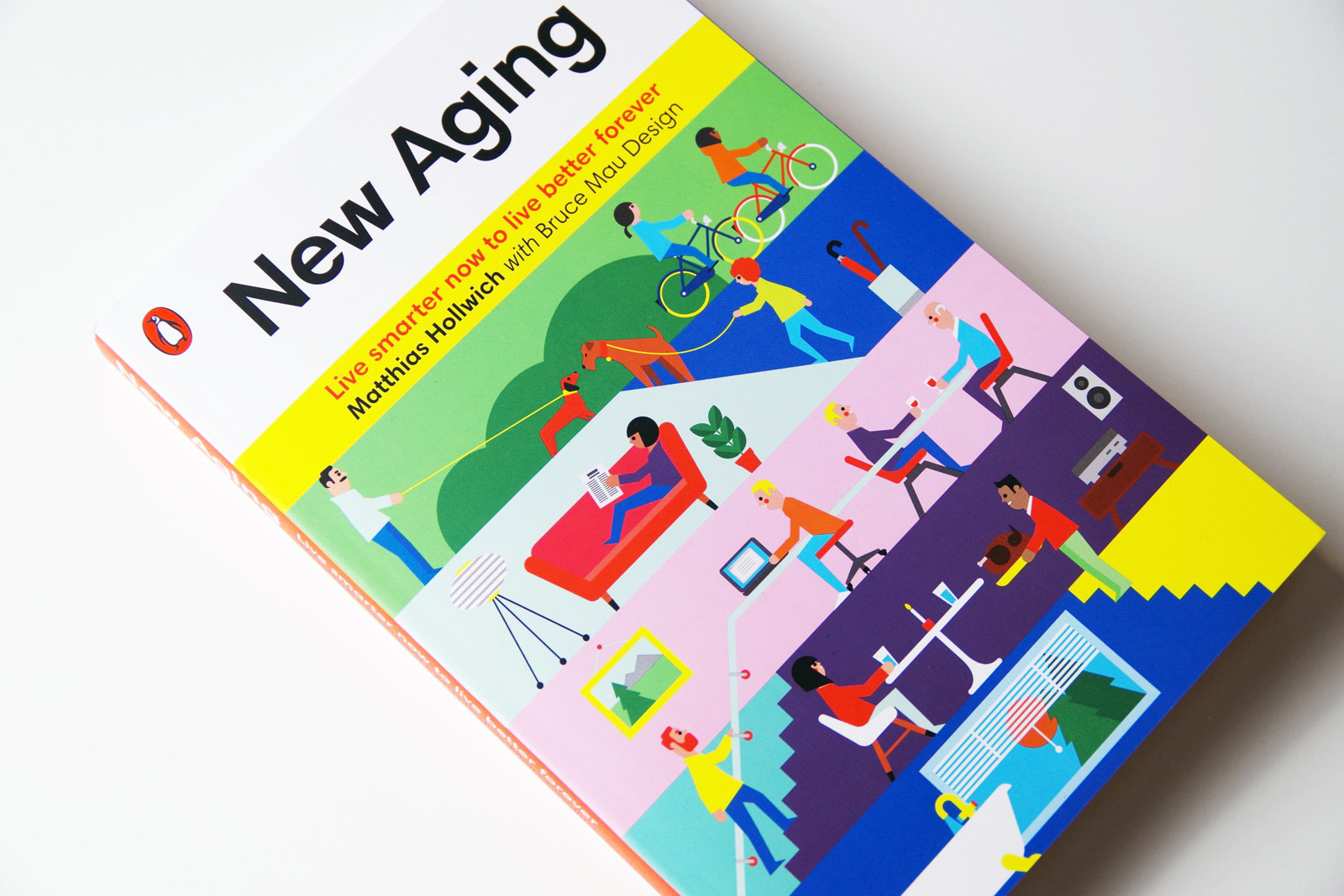Aging in place in Toronto

Once upon a time it was not uncommon for Toronto homeowners to purchase and sell several homes in their lifetimes. Property was affordable and people moved to accommodate a growing family or to live in a neighbourhood that better suited their needs and lifestyles.
Nowadays, a growing population is up against limited residential stock. Consequently, the days of affordable housing will not return anytime soon. Despite the recent influx of housing stock on the market, the cost associated with buying a resale property in Ontario outweighs the cost to renovate the home people are already in. Adding to this are the new OSFI (Office of the Superintendent of Financial Institutions) rules coming into effect on January 1st, 2018 that will ‘stress test’ people at a higher interest rate for mortgage qualification!
That starter house is turning into a long-term home, and we’re hearing more and more the concept, “aging in place.”
Aging in place is typically defined as the ability to independently live in one’s home as long as possible as a senior citizen. Its scope is broadening, however. When Matthias Hollwich, an architect from New York City, turned 40, he started to think about the next half of his life.
“Curious about my future, I started researching aging,” he writes. “I was interested to learn what society and architecture have to offer to make sure the next half of my life is fulfilled and happy. I didn’t like what I was seeing.”
This led him to research collaboratively with academia and Toronto-based Bruce Mau Design to “come up with new and progressive ideas that could make aging a fulfilling process.”
The result: a book called New Aging, a holistic look at aging well. It’s worth the read. We of course are interested in its application to the home.
People often buy property to help finance retirement living. They often don’t think about preparing their home for their retirement years. If you are in your 30s, even 40s, you’re not going to be thinking about fitting in accessibility features because you are not there… yet.
In New Aging, Hollwich encourages you to start planning for accessibility and graceful aging as soon as you can.
Say you are preparing for a full or partial home renovation. This is your opportunity to make it ADA compliant. ADA is a U.S. standard with application in Canada. It stands for the American Disabilities Act and applies standards for Accessible Design.
Typically, doors are 32 inches wide. The ADA standard is 36 to accommodate a wheelchair. Space around kitchen cabinetry is important too. Forty inches is recommended. Lower counter tops and flexible base storage may become handy. What is the likelihood that you or your partner will be in a wheelchair at some point in your lives? Perhaps little; however, you may have friends or family who will be.
This brings us to socializing and keeping active. Hollwich encourages readers to turn their homes into social centres. Perhaps it’s a hub for a book club or other socially engaging initiatives? Ensure that rooms such as the living area and office space are flexible and accommodate mixed uses – including a work out area, and that the kitchen is open to the living room so that the person cooking can interact with others.
Hollwich strongly encourages a home office and work out area to keep your brain and body active. Don’t retire, he advises, simply shift your focus. This could include part time work or volunteering for a cause that you are passionate about. Again ensure that the space is accessible. This includes hardwood floors to accommodate accessibility aids like wheelchairs or canes. All drawers – in the office, kitchen, bathroom etc. should have leavers and not knobs. It’s easier on the hands.
Stairs could be an issue, of course. There are ADA stipulations for stairs, but you may be looking at a stair lift in the future. When renovating reduce curbs and ensure that a bathroom is on the main floor. Anticipating what you may need later in life – like an accessible 36 x 36 inch shower area with room for a handle, should be thought through when you renovate. You may not need accessibility features now, but if accessibility is at least roughed in, these features will be easier and more affordable to add later.
Consider a garden too. But while a garden helps improve mental health, ensure that it isn’t a burden. Reaching out to neighbours to share tasks could be a solution.
You may be reaching out to more than just neighbours. More and more retirees may be moving in with their offspring; and, friends may be co-owning homes. At Greening Homes we are currently working on two projects to transform the main floor – the most accessible part of the house – into apartments to accommodate the owners’ parents who plan to move in. This helps share the financial burden of homeownership and maintain connections with family members and friends.
Finally, if you are looking to buy, choose your neighbourhood with aging in mind. Close proximity to shops, community centers, transit and nature are important, more so as you age.
This progressive mind-shift towards aging is no doubt welcome. Age well. And what better place to do so than in your own home?
This article also appeared in Neighbours of High Park Magazine.